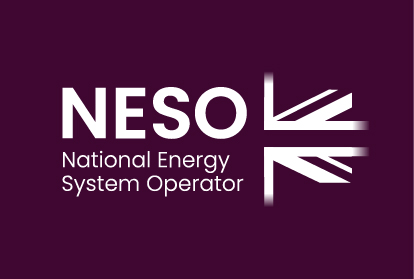This project will review the current methods of calculating system stability needs and implement automation and machine learning to calculate system stability needs for the GB network at a granular level. This project will:
- Review the current methods of calculating system stability needs and identify areas of improvement.
- Perform the analysis on a sufficiently granular representation of the active and passive network components in the GB system.
- Apply automation and other necessary methods (machine learning) to manage additional computational burden of using detailed network representation.
Benefits
The project will directly facilitate the energy transition as it will improve the calculation of system requirements in terms of stability; this an essential parameter to allow the integration of renewable generation onto the GB network. By understanding more accurately stability needs, it is possible to anticipate the technical solutions that will guarantee the system operates in a reliable and safe way, facilitating the transition to a zero carbon energy system while keeping the lights on.
Learnings
Outcomes
WP1, WP2, WP3 Reports
The WP1 report summarises current methods for calculating inertia, short circuit, and voltage management requirements in the GB system. It includes a review of various indices from literature for scenario-based, year-round analysis, noting that not all indices are suitable for this project. To support the selection of the most appropriate indices, the report provides a qualitative comparison and recommendations for implementation in WP2. It also explains unsupervised machine learning methods, such as clustering algorithms, which help address non-convergence issues in load flow solutions and are critical to the project’s success.
The WP2 report will detail the development of the PowerFactory automation framework used to interface with the GB system model. This framework enables ESO to analyse half-hourly scenarios using data from the market dispatch simulator for system needs assessment. The report will cover the framework’s architecture, the machine learning approach for load flow convergence, indices for system needs calculation, and a scoring system for final index selection.
Key deliverables from WP1 and WP2 include:
A comprehensive literature review of indices for inertia and short circuit calculation
DIgSILENT PowerFactory automation framework
A machine learning approach to resolve network convergence issues
A voltage profiling algorithm
A system needs assessment for half-hourly scenarios
Additional outcomes:
Workshop presentations and discussions (a workshop was held in May 2025 with the project team and NESO stakeholders)
Developed tools and code for future NESO applications (a prototype tool was demonstrated during the May 2025 workshop)
Supporting documentation, including a user manual, step-by-step guide, and training materials (to be delivered in WP3)
Research papers and publications, including a paper on the initial work on the machine learning algorithm for network convergence, accepted for presentation at CIGRE Paris 2024
Lessons Learnt
Plan for data, model, and information sharing across the entire project lifecycle, and agree early on a suitable approach and format for exchanging data and models between project partners.
Allow sufficient time for security clearance procedures and data-sharing checks, as these can introduce delays.
Develop a mitigation or contingency plan to address potential human resource changes during the project, particularly within partner organisations.




